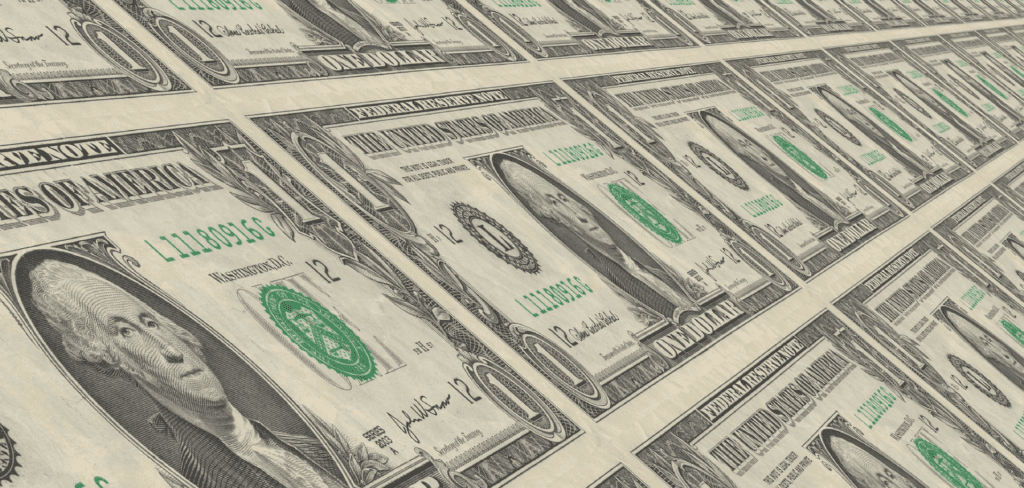
Electronic music is now big business. Here’s why.
If you haven’t heard, the annual financial figures for electronic music are out now. The IMS Business Report has been released after last month’s summit. The report shows that the global electronic music industry grew 3% in 2016 to reach a staggering $7.4 billion. For a genre that started out as part of an underground movement, this is astonishing. And in all likelihood, the industry is only going to keep growing year-on-year.
So how is it that electronic music is such a big money maker? The reason for its astronomical revenues can be broken down into three key areas.
Concerts and Festivals
It’s no secret that some DJs pull in millions of dollars. Last year Calvin Harris was the highest paid of the so-called “superstar DJs”, with his earnings estimated at $63 million. This figure makes him the 9th highest paid musician in any genre of music, coming just below legacy act The Rolling Stones, and above the likes of Justin Bieber, Beyonce and Jay-Z.
Tiesto, David Guetta, Zedd and Steve Aoki round out the DJ top five, each of them with estimated eight figure salaries according to Forbes’ Electronic Cash Kings list. Though record sales do play a part, the bulk of these earnings comes from ticket sales to the DJs’ sell-out world tours and festival appearances.
According to the IMS report, 2 billion people attended club events last year — that’s just over a quarter (27%) of the entire world population. With attendance figures like that, it’s no surprise that dance music made so much money in the past 12 months.
Some of the biggest dedicated electronic concerts and festivals last year were in the growing market of South America. EDX Mexico, BPM, Beyond Wonderland and WiSH Outdoor hosted hundreds of thousands of festival-goers in Mexico alone. Though the profit margins of most world dance festivals are not public, anyone who has bought a ticket to one of them in the past 12 months will know for sure that at least the revenue is going to be very high in this area.
Record Sales
Since the beginning of the digital era, commentators have been speculating about recorded music’s perceived lack of profitability. In the age of streaming services, we’ve only become more pessimistic. But the IMS report shows that since 2012, the number of paid streaming subscribers has increased by 65%.
Now, on Spotify alone there are 12 billion streams of electronic music tracks monthly. That is a lot, especially when you consider the running times of electronic tracks are generally much longer than the average pop single. Countries that stream electronic genres the most are the USA and the UK. Also in the top ten are Mexico and Brazil.
It’s not just streaming that helped electronic music reach this landmark value. Beatport increased its sales, visitors and registered users last year, with Techno, Tech House, House and Deep House being its four top-selling genres.
Technology
According to the IMS report, dance music is “at the forefront of global technology trends.” These trends include social media developments such as live streaming. The report points to two key Facebook Live streams from the past year: Avicii’s live studio session and EDC’s line-up announcement. As well as these, dozens of artists “went live” in 2016, and many more of them continued to use social media as a key way of communicating with their fans.
Last year it was Instagram that proved the biggest grower in the dance music social media world, with the biggest DJs gaining followers at 11 times the pace of Facebook fans. Soundcloud, too, is a growing format for many of the top DJs, with Nina Kraviz increasing her follower count by 8%.
Virtual reality has had a part to play in dance music’s success over the past year. Two major endeavours in VR and music include ‘Lost in Music’ — a VR festival project by Sony and The Chainsmokers, and ‘Techno in Berlin’ — a VR dancefloor experience by Boiler Room and Google.
These factors, combined with a few others such as branding and advertising deals, are the main reasons electronic music has grown to the size it is today, and will no doubt continue to grow in the years to come.

